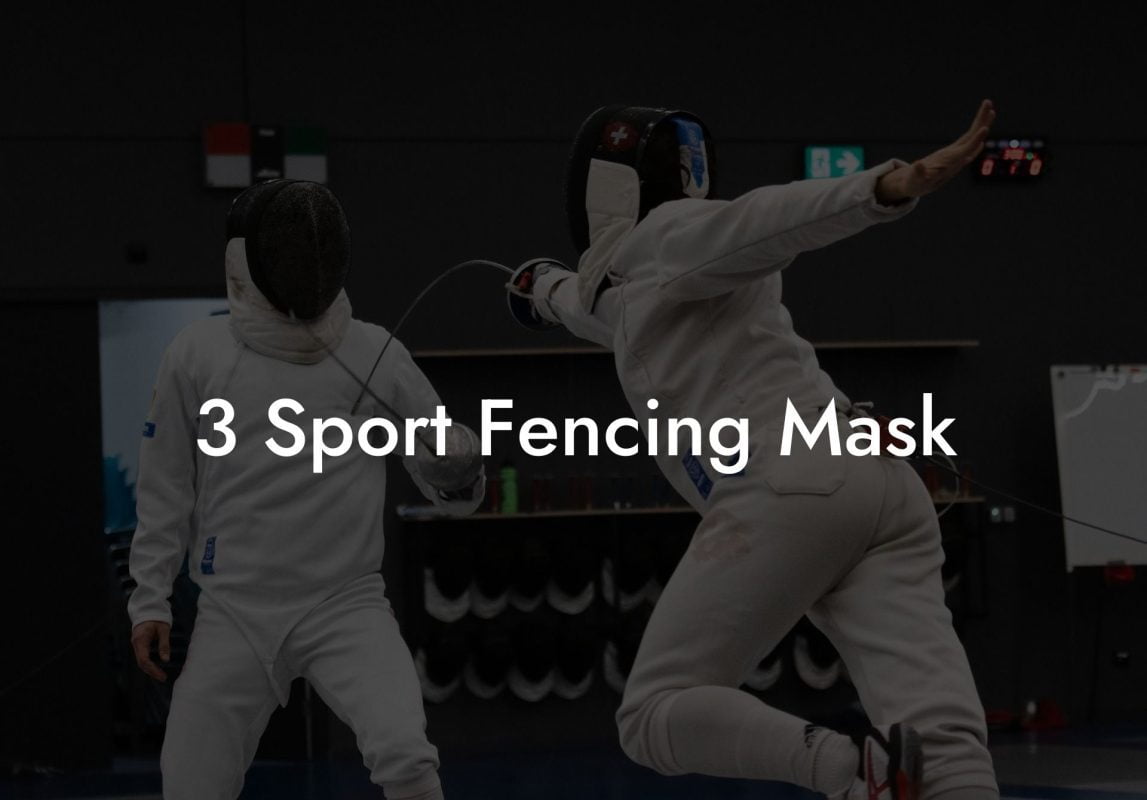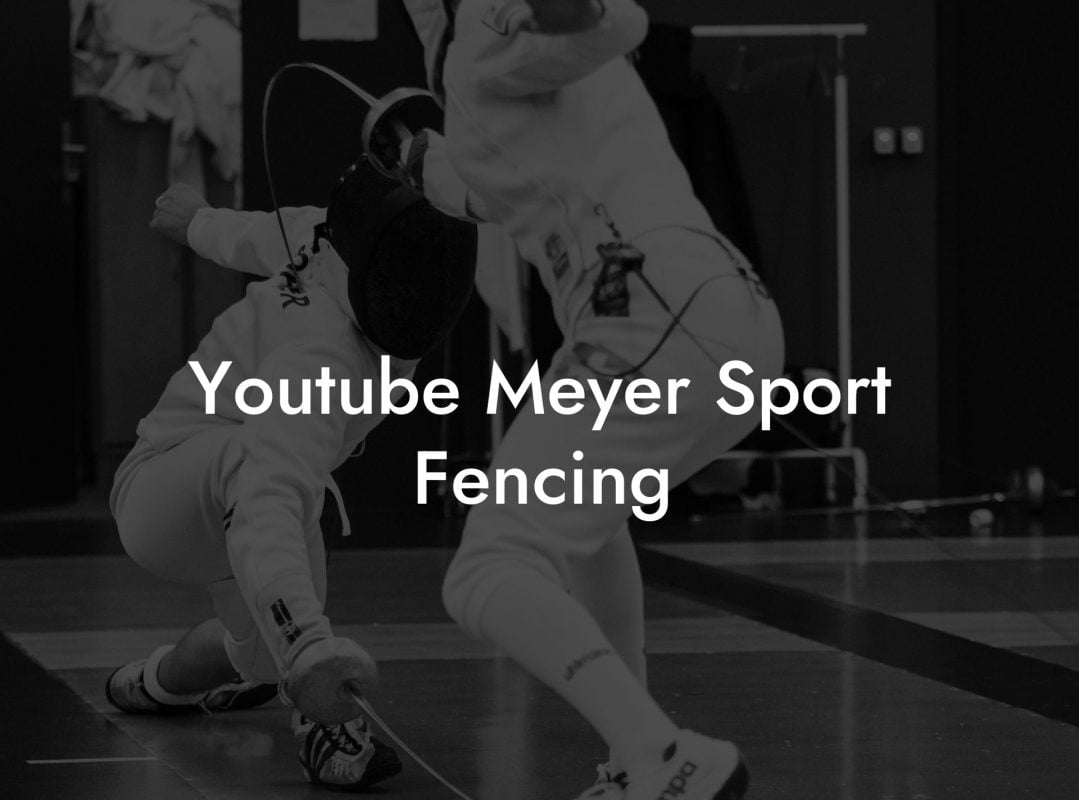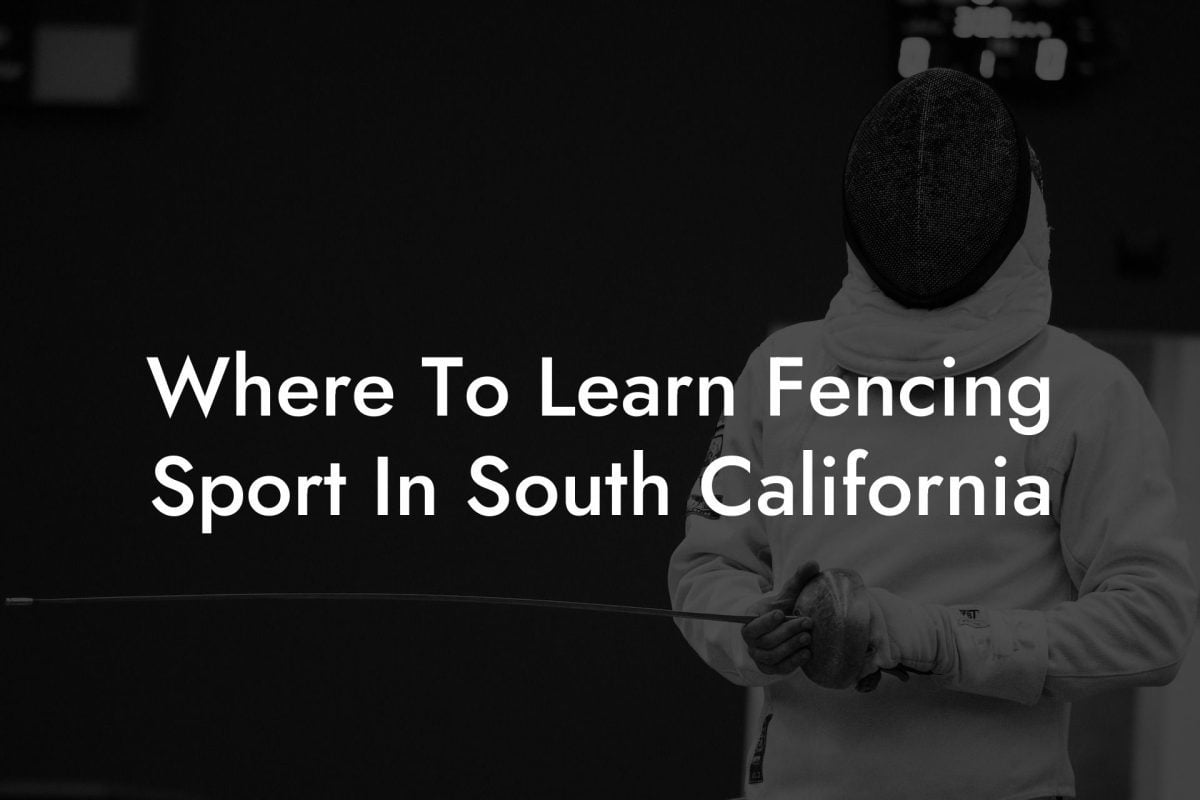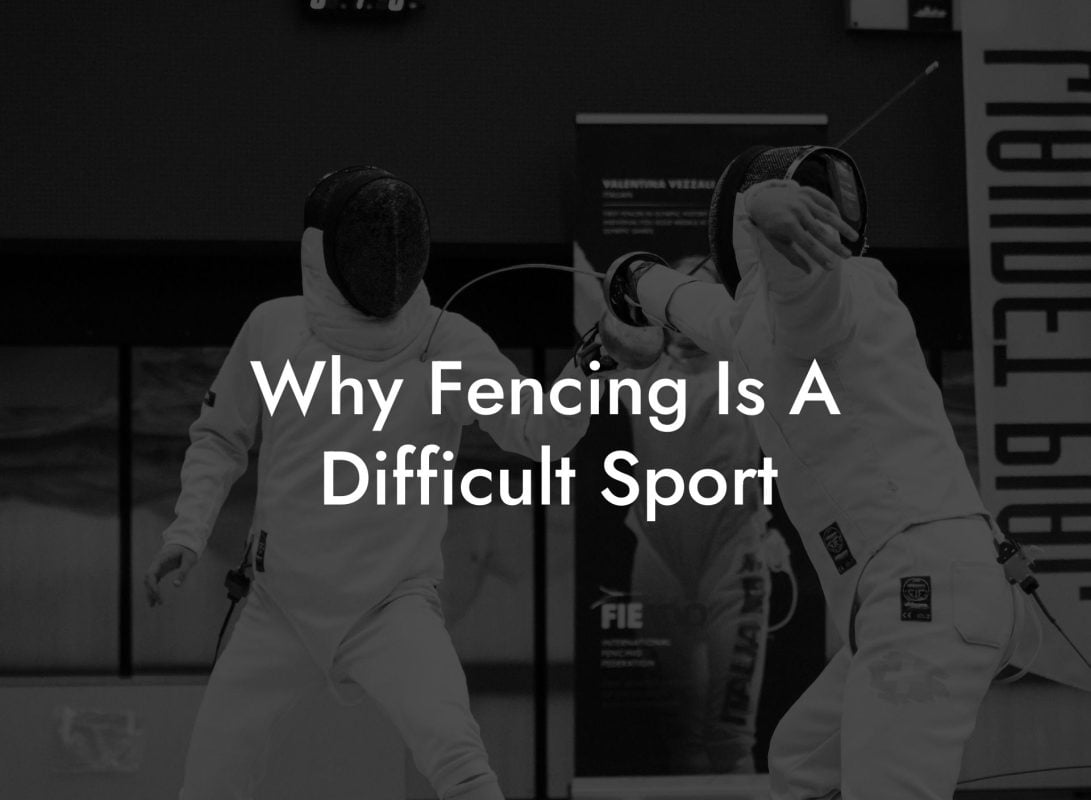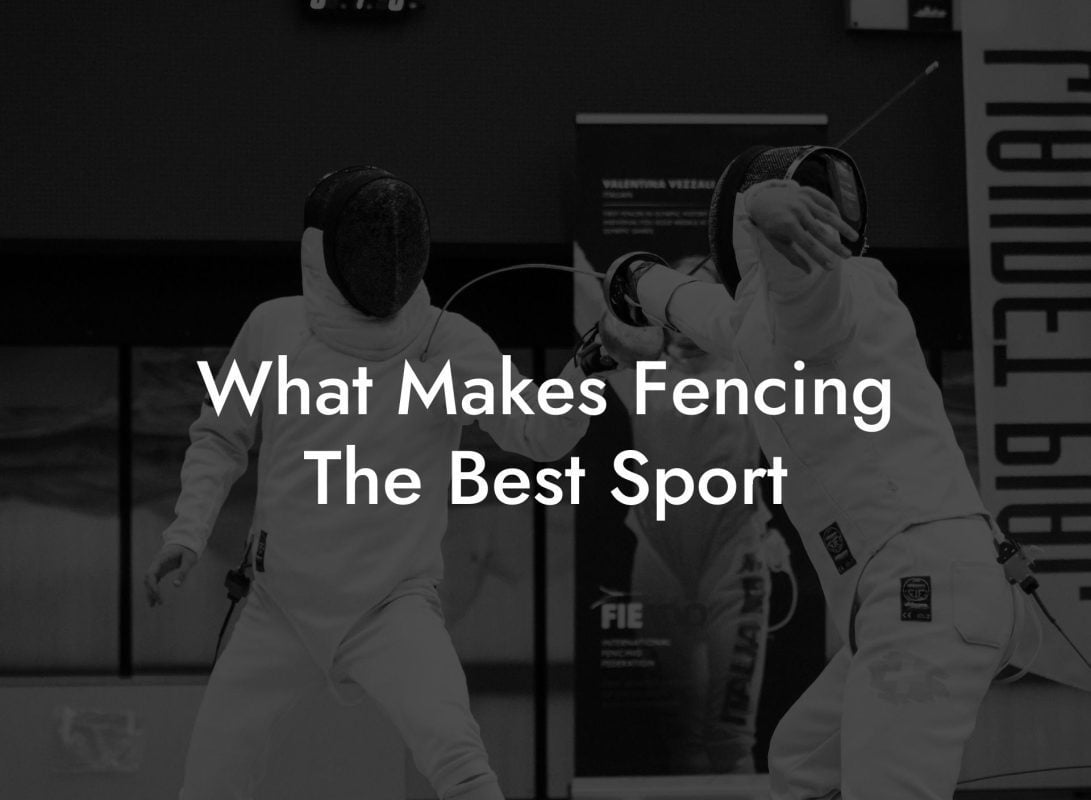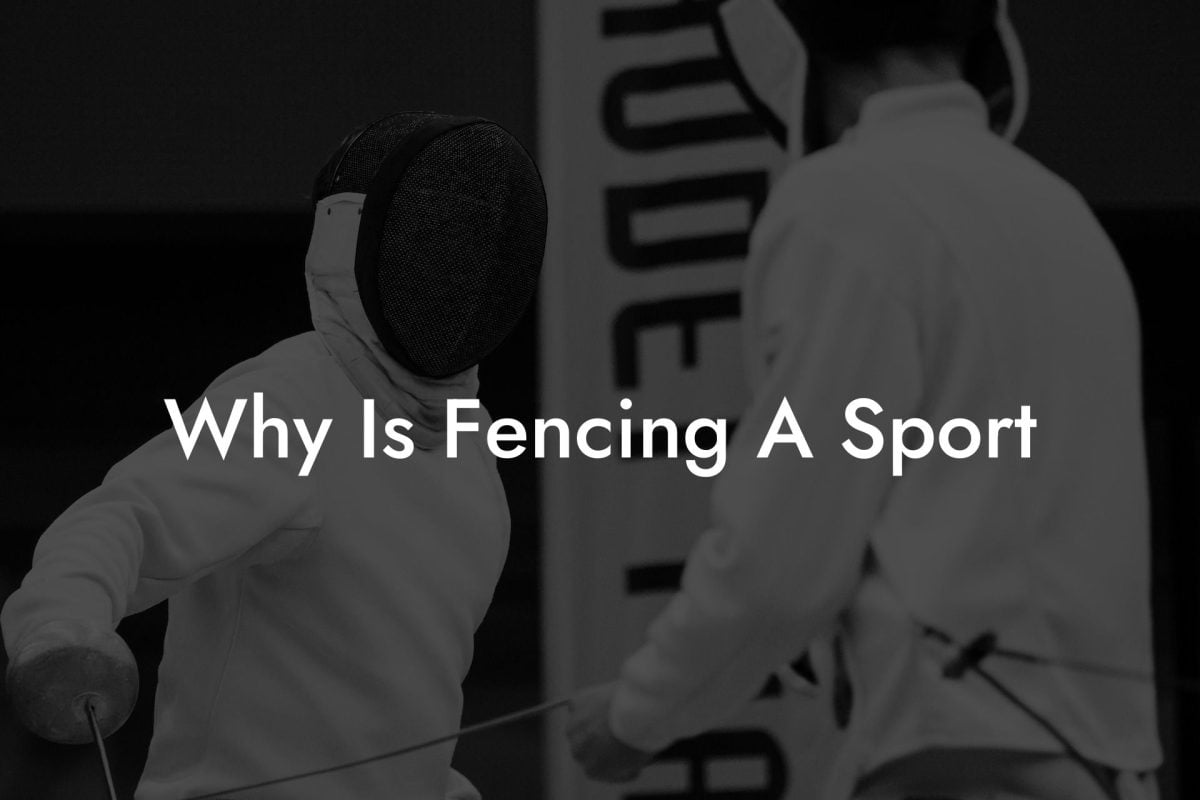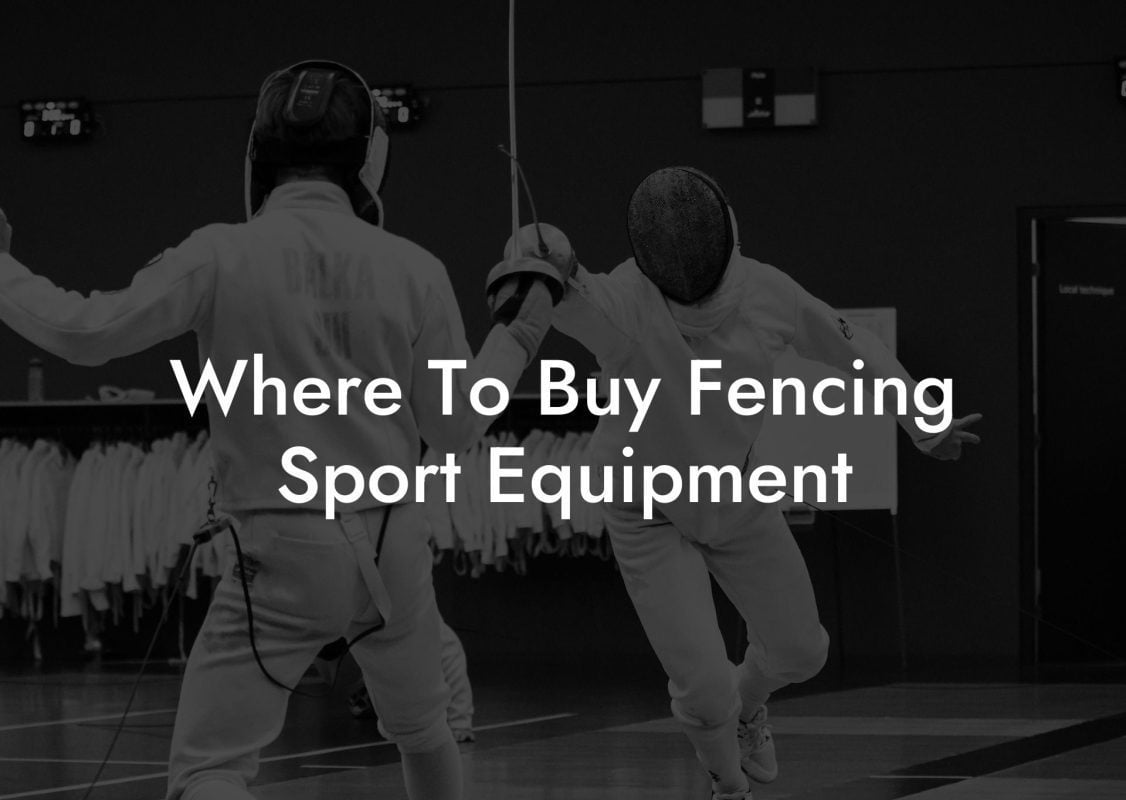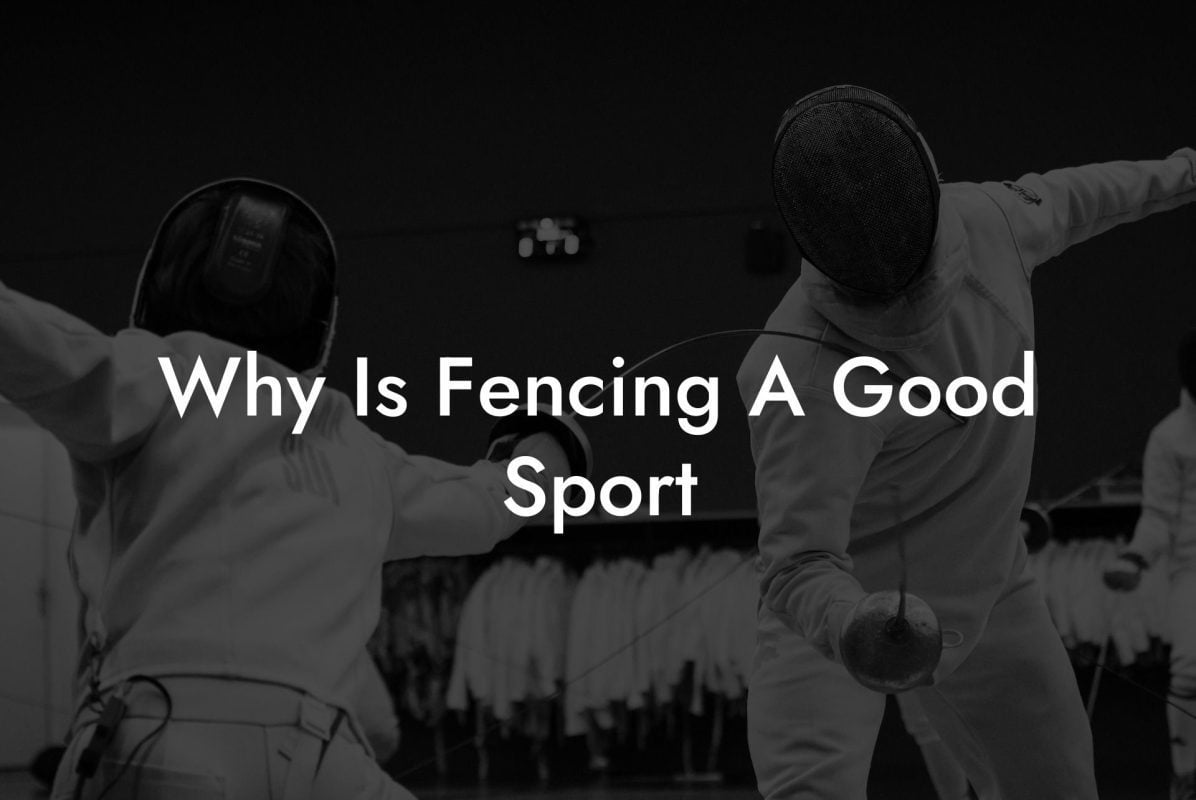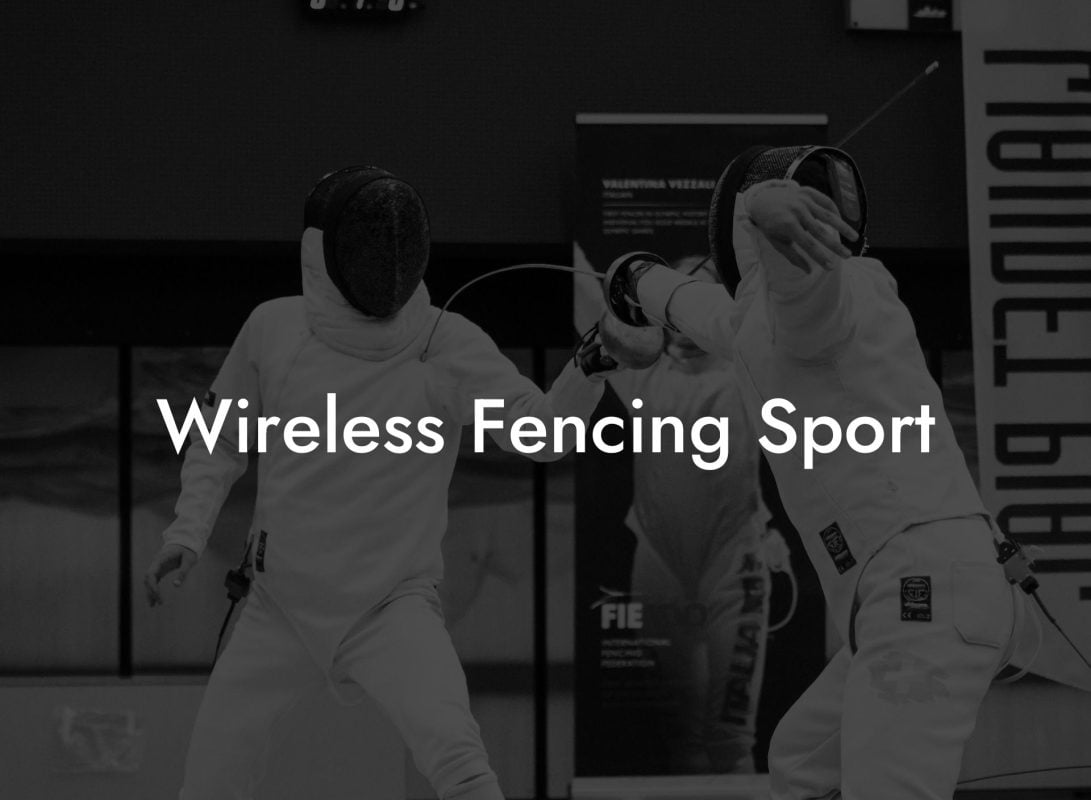Fencing is a thrilling and captivating sport that combines historical elegance with present-day athleticism. While it is generally safe by today's standards, accidents can still happen. In the most unfortunate instances, fencing accidents have led to fatalities. This article will delve into sport fencing deaths, discussing some of the incidents that have occurred, and the safety measures implemented to prevent such tragedies from happening again.
Sport Fencing Deaths Table of Contents
A Brief History of Fencing Deaths
The Origins of Fencing
Fencing, as a sport, has roots dating back to ancient civilizations, but it wasn't until the early modern period (16th to 18th century) that it began to take on the format we recognize today. The original purpose of fencing was to train for duels, which were a matter of honor and occasionally, life and death. As a result, fencing has always had a dangerous edge to it, and fencing deaths during practice or competition have happened throughout history.
Notable Historical Fencing Deaths
- In 1712, famous French swordsman, François Pallas, died after being run through the arm and chest by opponent Durocher. The event occurred during a public exhibition at the academy of the celebrated fencing master, Nicolas Texier de la Boëssière.
- In 1960, Soviet fencer, Mark Midler, was accidentally injured in the face during a practice bout. He developed blood poisoning and passed away as a result of his injury. This tragedy led to the requirement of mesh masks in the sport for both competitors and referees.
- In 1982, Russian foil fencer Vladimir Smirnov tragically died after an accident during the World Championships in Rome. His opponent's blade snapped and pierced his mask, entering his brain. This accident led to the development of improved safety measures, including stronger mask and uniform materials.
Safety Measures in Modern Sport Fencing
Over the years, notable accidents and fencing deaths have fueled the development and implementation of safety measures. These safety regulations are provided by organizations like the Fédération Internationale d'Escrime (FIE) and the United States Fencing Association (USFA).
Essential Safety Equipment
Today, fencers are equipped with safety gear designed to lessen the risk of severe injuries. The essential safety equipment includes:
- Mask: Strong mesh face covering and padding to protect the eyes, face, and neck.
- Glove: At least one fencing glove, padded to protect fingers and hand.
- Jacket: Sturdy, protective outerwear that covers the torso and arms.
- Underarm protector: Padded layer of protection worn beneath the jacket.
- Knickers: Knee-length pants to protect the legs.
- Socks: High socks or stockings to ensure full coverage and protect the legs and feet.
- Breast/chest protector: A rigid plastic insert worn to protect the chest area.
Weapon Safety
Additionally, fencing weapons themselves are subject to safety regulations to minimize the risk of severe injury or death. These include:
- Weapon inspection before tournaments to check for damage and wear.
- Regular replacement of blades, as old blades are more prone to breaking.
- Implementing a method of securing the blade tip in the event of a breakage, such as a safety tip or a regular inspection.
Sport Fencing Deaths Example:
In 2010, an incident occurred during a collegiate fencing competition when a blade pierced through a competitor's glove, leaving him with a severe, but non-life-threatening injury. The injury was the result of a competitor's blade breaking during the bout, and the broken section passing through the glove material, which did not meet FIE standards. This example highlights the importance of rigorous safety measures throughout the sport of fencing, as well as following guidelines for protective equipment.
Fencing is a remarkable and highly skilled sport that, like any athletic endeavor, carries an inherent risk. Understanding the history of fencing deaths and the sport's safety measures is an integral part of being a responsible and safety-conscious participant. By continuing to develop and adhere to safety precautions, we can appreciate and participate in the sport, while reducing the risk of tragic incidents. Share this article with fellow enthusiasts to raise awareness about the importance of safety in fencing, and explore other guides on Anchorage Fencing Club for more valuable insights into the world of fencing.



